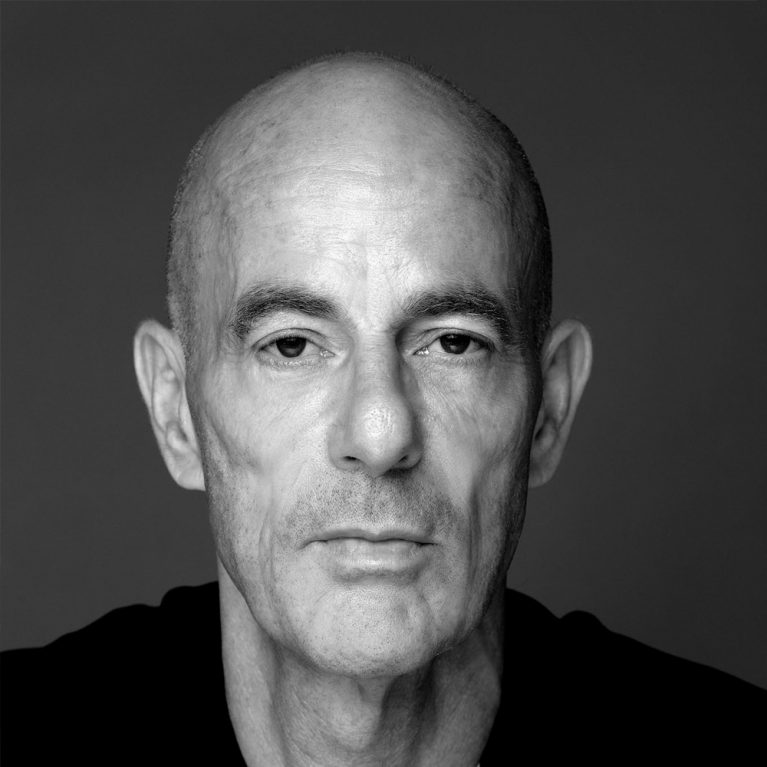interviews
Jacques Herzog’s Milan
My acquaintance with Milan goes back many years, but I can’t say that my early memories of the city are linked to any specific location...

What are the origins of your relationship with Milan?
My acquaintance with Milan goes back many years, but I can’t say that my early memories of the city are linked to any specific location. I think my first visit to Milan was in the early 1970s, when Pierre and I were travelling around Northern Italy’s architectural treasures with a group of student colleagues and our then professor Aldo Rossi. At the time we were studying at ETH Zurich and Rossi was serving as visiting professor there. He decided to take us on an Italian field trip and we still keep some very fond memories of that experience.
What is your favourite historical building in the city?
While we were exploring Northern Italy, we certainly had the chance to marvel at many important examples of architectural heritage. But what we admired even more was the most recent work of Rossi himself, namely his famous “Gallaratese” [The Polycentric Centre] social housing project on the outskirts of Milan, which was still under construction in that period. The whole aesthetic context fascinated us. It was like a film still from a Pasolini movie that had been turned into physical reality.
What do you normally do when you are in Milan?
Of course there are a number of individual architectures in the city that I love to visit and revisit, such as the 12th-century Romanesque Basilica of Sant’Ambrogio [Monumental Milan]. However, in my opinion Milan’s greatest architectural asset is its “physical body” as a city. There are not many cities around the world that can compare to Milan in this sense. The city’s mineral beauty and severity are quite extraordinary.
Is there a shop in Milan where you buy special items?
If I think about unique shops in Milan, I inevitably think of the Prada stores [Monumental Milan], particularly the flagship store in Galleria Vittorio Emanuele II. Prada is very Milan. As a fashion house it is soundly rooted in this city, but it is also very global. I like that combination. It could serve as a model for anyone whose work is based on creative innovation.
What is your favourite cafe, bar or restaurant in Milan?
Milan undoubtedly offers a rich range of culinary, cultural and retail hotspots, but for obvious reasons we are especially fond of the stores and institutions of our client friends, Prada and Feltrinelli. These two Milan-based families have invested a great deal in the cultural and economic fame and fortune of the city in the past, and they continue to do so in the very recent present through the opening of their foundations. We are proud and happy to have been given the opportunity to build the Fondazione Feltrinelli, which is now a public place and institution open for all [The rising City].
Which new buildings have transformed the face of Milan?
Several recent and ongoing redevelopment projects have greatly impacted the city’s urban fabric, however I would rather mention a missed opportunity to make steps towards a more far-reaching kind of innovation. For Expo 2015 we did the master plan, and together with Stefano Boeri and Ricky Burdett we developed a radical new concept for what a world exposition could be. It was meant to be an urbanistic legacy for Milan in the 21st century, but unfortunately our concept was only accepted in fragments.
What would you transfer to Milan from another place?
One obvious difference between Milan and our cities in Switzerland is that Milan has no lake or river. But at the same time, it is much more urban and overwhelming in the physical presence of its corsi and its buildings. Maybe it would be interesting – as we intended to do for the Expo – to reopen and bring back the amazing network of navigable canals around the city, connecting them together and cutting them through the city centre. Such a grid of canals could infuse a new spirit and vibrancy into Milan, as well as constitute a contemporary transport system and provide a new context for leisure and relaxation.


